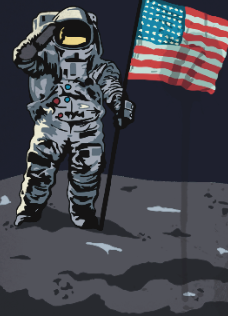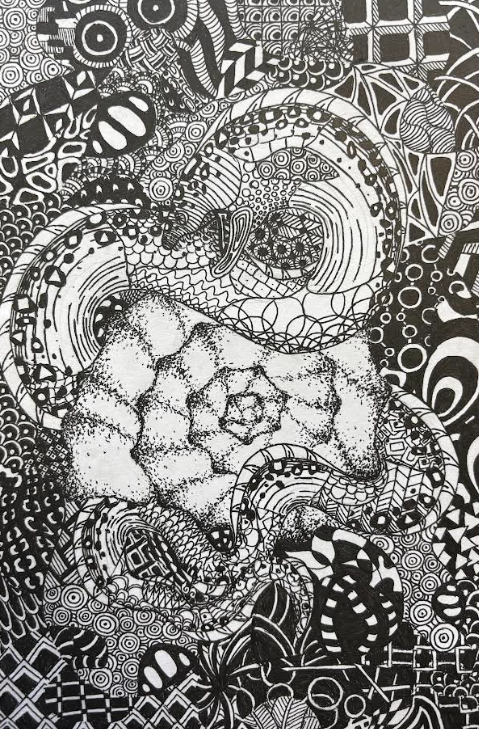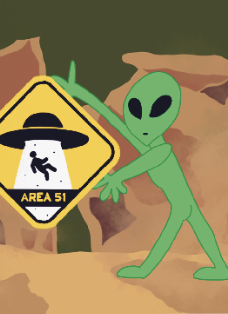The moon landing is one of mankind’s major achievements. It has been the subject of numerous documentaries and is a major part of pop culture. But there is one major question: was the moon landing faked?
The space race was a competition between the Soviet Union (USSR) and the United States for superiority in space during the Cold War. The competition gained momentum when the USSR sent Yuri Gagarin, the first human, into space inside space flight Vostok 1 on April 12, 1961. These were followed by a string of firsts achieved by the Soviets over the next few years.
In response, a goal set by President John F. Kennedy on May 25, 1961, when he addressed the U.S. Congress: “I believe that this nation should commit itself to achieving the goal, before this decade is out, of landing a man on the Moon and returning him safely to the Earth.”
Eight years later, Apollo 11 launched from Kennedy Space Center with Commander Neil Armstrong, and Lunar Module Pilot Edwin (Buzz) Aldrin. Their moonwalk was televised to millions and became a defining moment of the 20th century.
Still, doubt soon followed. In 1976, Bill Kaysing, a former technical writer at Rocketdyne, self published “We Never Went to the Moon: America’s Thirty Billion Dollar Swindle.” Despite lacking scientific expertise, Kaysing claimed NASA had staged the landing and cited fabricated odds of success as 0.0017%. His book fueled one of the most persistent conspiracy theories in modern history.
Other theories grew over time too. Some insisted that Hollywood directed the landing, with names like Stanley Kubrick often dragged into speculation. Conspiracists cite details like odd shadows, missing stars and claims of artificial lighting. Scientists counter these arguments, noting that bright sunlight on the moon makes stars invisible on camera, while the uneven terrain explains strange looking shadows.
Debunkers also point out that if the U.S. had faked the moon landing, the Soviets would have exposed it. During the Cold war, the USSR tracked every Apollo mission with advanced equipment. As Phil Plait, author of “Bad Astronomy” noted, the Soviets had both the means and the motivation to call out a hoax, but never did.
The Apollo 11 missions continue to be one of the major landmarks in American history and the history of mankind. To this day, there is some sort of mystery that involves the Apollo moon landings. But there is a new frontier on the horizon for the U.S.: Mars.
Most recently, there have been “potential biosignatures” found in the rocks by NASA’s Perseverance rover such as organic molecules and minerals, which are often remnants of microbial activity on Earth, and intriguing mineral patterns, often called “leopard spots.”
“They pour billions into NASA,” FHS sophomore Tyler Lo said. “I know that I feel like some people are just uneducated. I feel like they just believe that the government’s trying to deceive them. They seem like those types of people that just do not trust anything that the government says.”





















